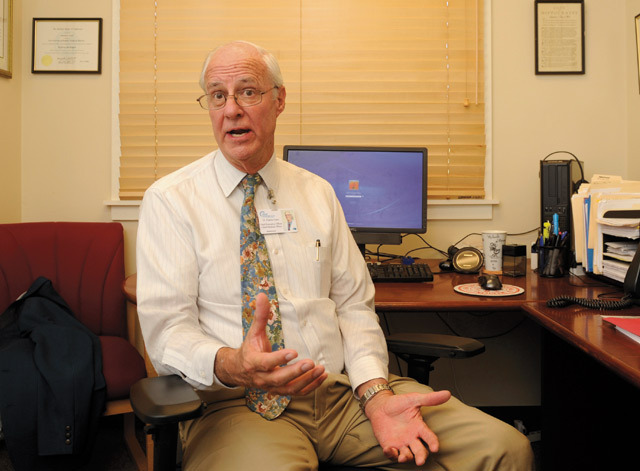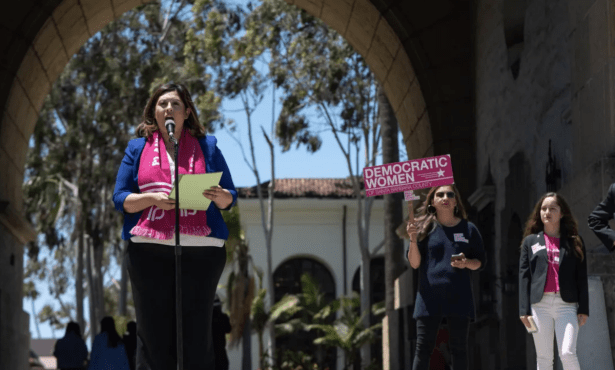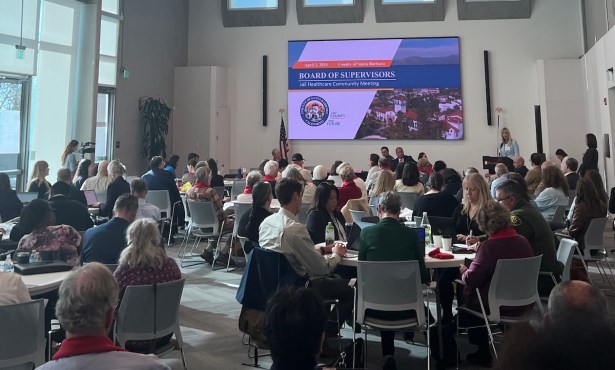Taking Care of Patients After Pain-Management Clinic Closes
Neighborhood Clinics Takes Up Where Lags Left Off

After Lags Medical Centers closed 29 of its California locations in May, patients who had sought help for debilitating pain were suddenly without support. An element of their treatment was likely to be opioids, which are highly useful in attempting to alleviate pain but carry a downside of physical addiction. With the sudden closure of Lags, a nickname for founder Dr. Francis Lagattuta, Santa Barbara Neighborhood Clinics was among the health-care providers who assumed the treatment of patients they had previously referred to Lags.
The Lags centers, which were headquartered in Santa Maria, had come under fire by the California Department of Justice for fraudulent billing and potential patient harm, and the state Department of Health Care Services temporarily suspended it from the Medi-Cal program. Lags had advertised that it treated more than 30,000 patients in California, and the California Department of Health Care Services (DHCS) has been working to create transition plans for its patients, concerned about their dependence on controlled medications like opioids, the high risk of withdrawal or accidental overdose, and the dangers of their long-term use.
When treating those with pain, “You need to have a multi-pronged approach to help them manage the pain and the expectation of the pain, because you’re never going to get to a pain score of zero,” said Dr. Charles Fenzi, CEO and chief medical officer of Santa Barbara Neighborhood Clinics. This requires involving mental-health experts and physical therapists and is different from prescribing.
In 2019, as many as 1.4 million people in the United States were estimated to have a substance-use disorder related to prescription opioids. According to Dr. Fenzi, the opioid epidemic is “as bad here as it is anywhere in the country.”
In advisories from the state health care department after Lags closed, medication-assisted treatment (MAT) providers were told to consider using buprenorphine in treating an opioids addiction to mitigate the impact of withdrawal symptoms. The treatment plan combines medication with counseling support to address the behaviors and compulsive patterns associated with opioid addiction in a “whole-patient” approach. In using this treatment, Fenzi stated, “The idea is to help people start their recovery without the fear of getting sick by using a safer medicine.”
In addition to the Neighborhood Clinics, the Santa Barbara County Department of Behavioral Wellness also has a program that utilizes medication-assisted treatment. Fenzi said these institutions especially assist those who are underserved or under-insured. His clinics’ mission was to provide “whole person care to a segment of the population that doesn’t traditionally have access to that.”
SBNC offers a strategy that Fenzi called “no wrong door.” He explained, “If somebody comes to us and says, ‘I really want to get well,’ we should figure out how to do that, and we should get them to the right place.”
While the long-term impact of the Lags clinic closures is unknown, the COVID-19 component in the crisis is worth noting. Fenzi stated, “With the lockdown that occurred in March of last year and the seclusion of these folks, I think we’ve seen a lot more overdoses and people with ill effects from their substance-use disorder.”
Support the Santa Barbara Independent through a long-term or a single contribution.



